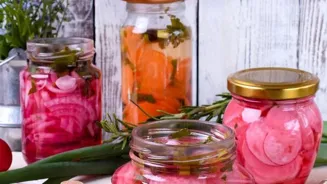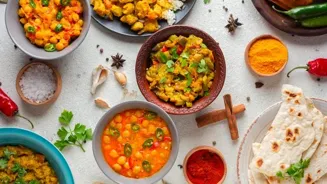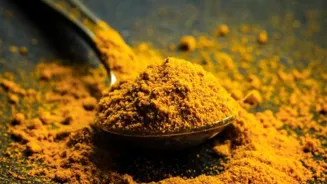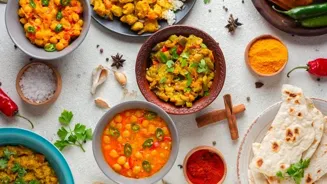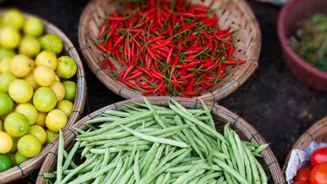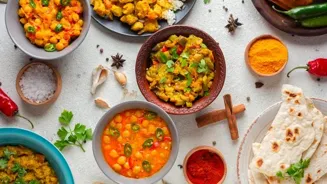Embark on a flavorful journey through India's pickle heritage - a fusion of taste, tradition, and cultural significance
India, a land of vibrant colours, diverse cultures, and of course, an explosion of flavours,
proudly boasts an array of culinary treasures. Among these, one that stands with distinctive flair and tangy charm is the Indian pickle, or achar.
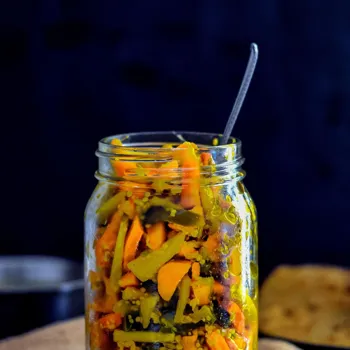
More than just a condiment, achar is embedded deeply in the Indian culinary landscape, intertwined with history, tradition, and a generous dose of grandmother’s love.
From the sun-drenched plains of the north to the spice gardens of the south, each region offers its unique take on this flavourful sidekick, making the world of Indian pickles a fascinating avenue to explore.
Prepare your taste buds for a delightful exploration into the history, recipes, and cultural significance of Indian pickles.
The rich history and evolution of Indian pickles through centuries
The story of Indian pickles is as old as the country's own culinary history, tracing back centuries like threads woven into fabric. Evidence suggests that the art of pickling was practised in the Indus Valley Civilization (3300-1300 BCE), where the preservation of food was crucial for survival.
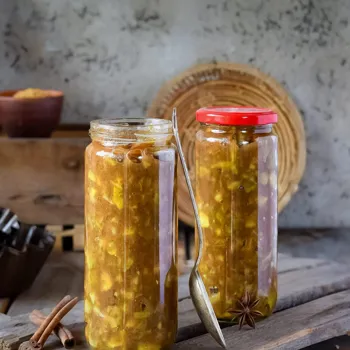
While the exact recipes from that era remain a mystery, the basic concept of preserving fruits and vegetables through natural preservatives like salt, oil, and spices was certainly a practice.
Over time, the method perfected, generation after generation handed recipes and styles of preparation onto the next. The Mughals, who brought their culinary sensibilities to India, contributed their techniques through use of dried fruits and nuts into pickles.
Furthermore, the colonial era saw the blending of Indian flavors with European preservation methods. This led to the creation of unique fusion pickles that mixed local ingredients with techniques like vinegar pickling. Today, Indian pickles are known globally.
Tourists appreciate the unique tastes and the cultural importance that each jar embodies.
Indian pickles: key ingredients, preparation process, regional spices, maturing in sun
The heart of creating exceptional Indian pickles lies in the selection of ingredients. Mangoes, lemons, limes, carrots, chillies, garlic, ginger, and jackfruit are celebrated for their pickling potential.
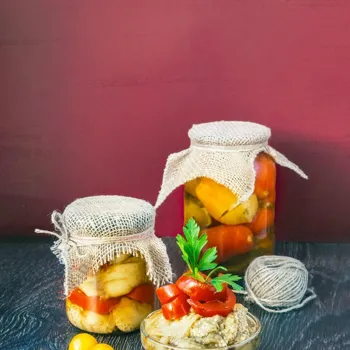
Also, ingredients like lotus stem (kamal kakdi), turnips (shalgam), and cauliflower (gobhi) add dimension into the achar. Each ingredient contributes its distinct flavor and texture to the final product. The preparation process is equally important.
It usually begins with sun-drying the chosen fruit or vegetable allowing the ingredient to lose excess moisture, thus concentrating the flavors.
Next, the fruits/vegetables are tossed generously with a mixture of spices such as mustard seeds, fenugreek seeds, turmeric, red chilli powder, and asafoetida (hing). The proportions of these spices are crucial and vary based on the pickle and the region.
High-quality oil, traditionally mustard or sesame, acts as a preservative and flavouring agent adding richness to the pickle. The mixture is then meticulously packed into sterilized jars and left to mature in the sun.
Explore diverse Indian pickle recipes, each with unique regional flavors and stories
Let’s embark on a journey through some popular pickle recipes, each carrying its own story and regional flair. The Mango pickle, or aam ka achar, is possibly the most beloved Indian pickle. Raw mangoes go through sun-drying and are then combined with a vibrant blend of spices.
The spiciness and tangy notes are tempered with sweetness. Lemon pickle, or nimbu ka achar, offers a burst of citrusy flavour with salt, spices and is sun-soaked, resulting in a tangy. For the adventurous palate, the Chilli pickle, or mirchi ka achar, provides an intense yet satisfying heat.
Green chillies are marinated and packed with spices. Garlic pickle, or lehsun ka achar, combines the pungent aroma of garlic with pickling spices. This creates a pickle with both strong taste and health benefits. These are just a few examples; the variety seems endless.
Each region has their speciality to contribute to the world of Indian pickles.
Indian pickles enhance meals, offer health benefits, and preserve traditions
Beyond the taste, Indian pickles play a significant role in the daily diet of many Indians. They add flavor and help with digestion. The spices used in pickles, such as turmeric and ginger, are known for their health benefits. Pickles are often eaten with daily meals, from rotis to rice.
They can turn a simple meal into something special. Storing and serving pickles is also important. Pickles are traditionally stored in glass jars or ceramic containers. It is important to use a dry spoon each time to avoid contamination.
Preserving pickles is a treasured custom, tied to the seasons and family traditions. Making pickles is often a family affair, with recipes passed down through generations. The act of pickling brings family together.
Indian pickles reflect India's culinary heritage, connecting tradition and taste
In conclusion, Indian pickles are more than just a food item and it offers a window into India's culinary heritage. From ancient times to contemporary kitchens, the methods and flavours of pickles have evolved.
The use of selected ingredients, the preparation process is a reflection of India's rich agricultural diversity and cultural harmony.
Whether you experiment with classic recipes or choose to explore regional variations, each spoonful of Indian pickle is a celebration of taste, tradition, and the art of preservation.
So, take a moment to appreciate this humble condiment that brings a burst of flavour to every meal and connects us to the roots of our culinary past.
AI Generated Content. Glance/InMobi shall have no liability for the content